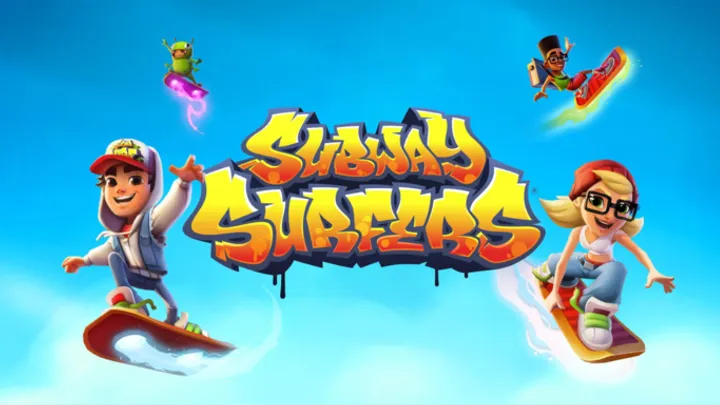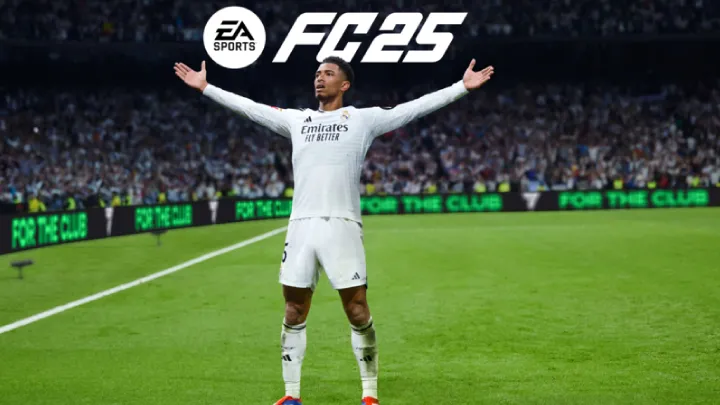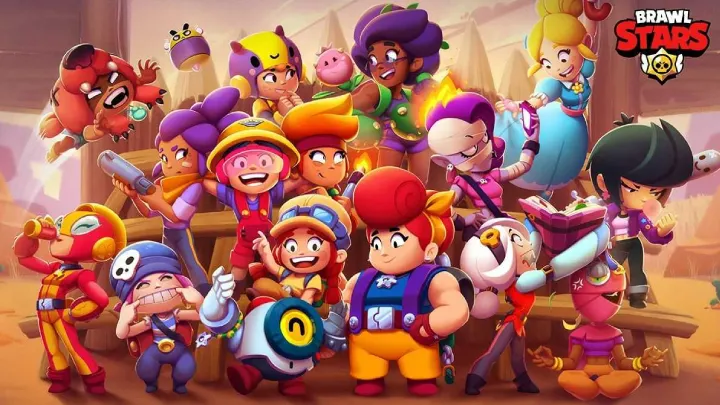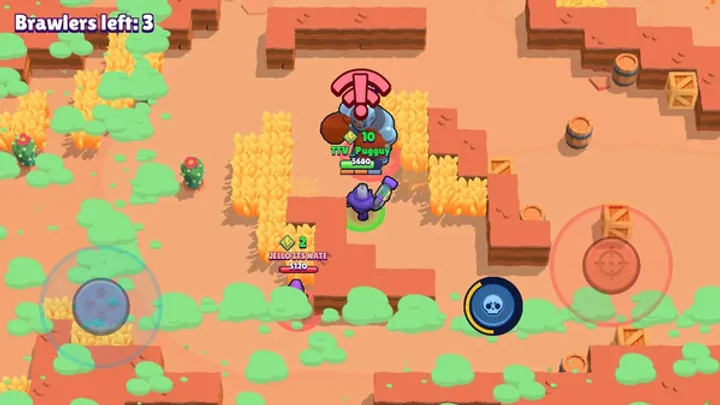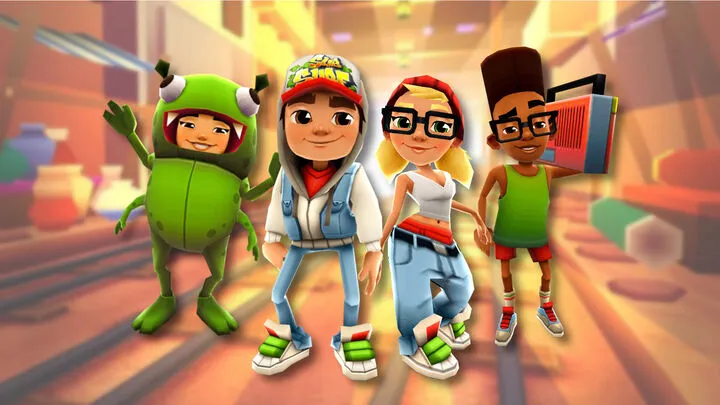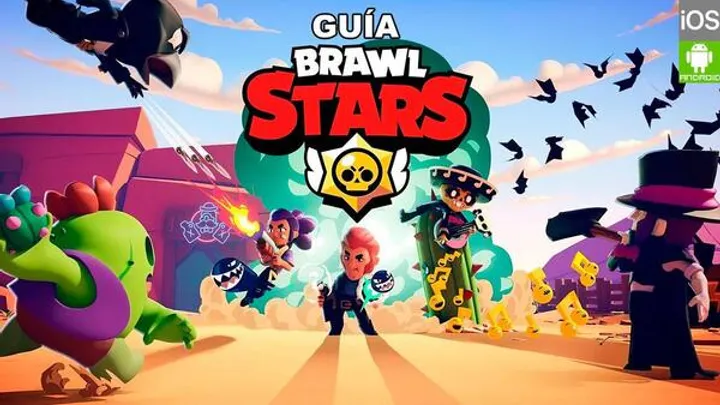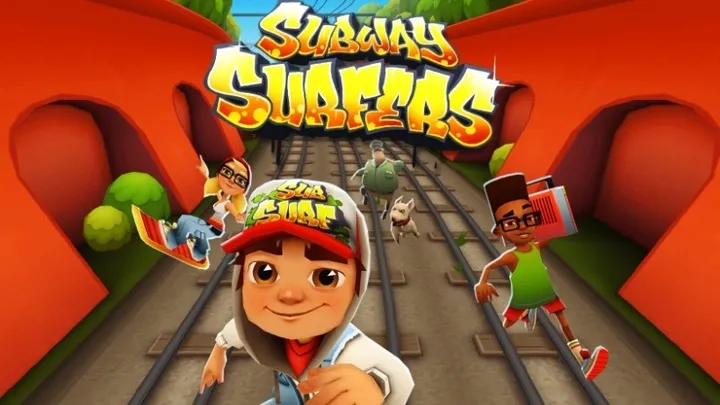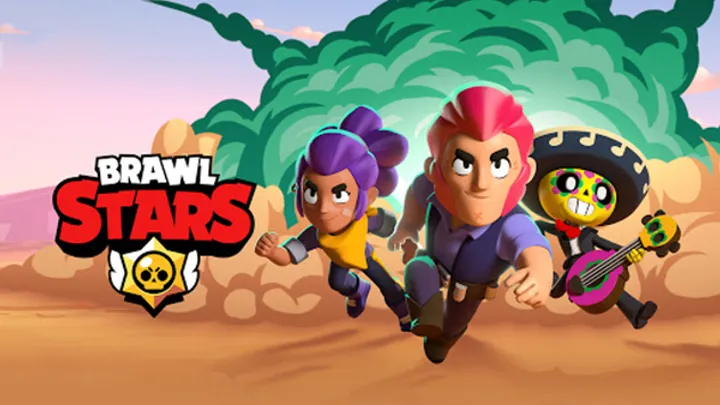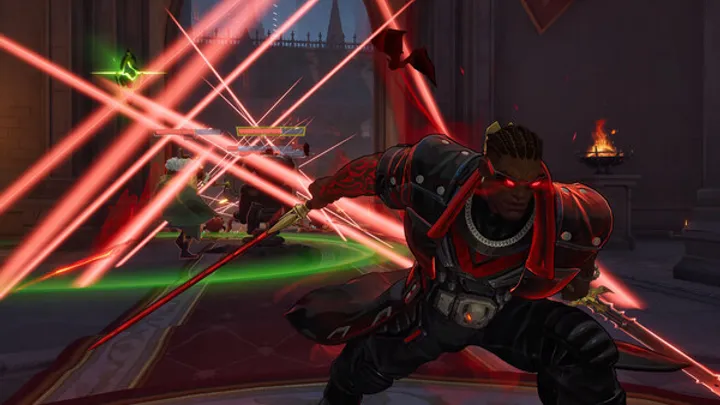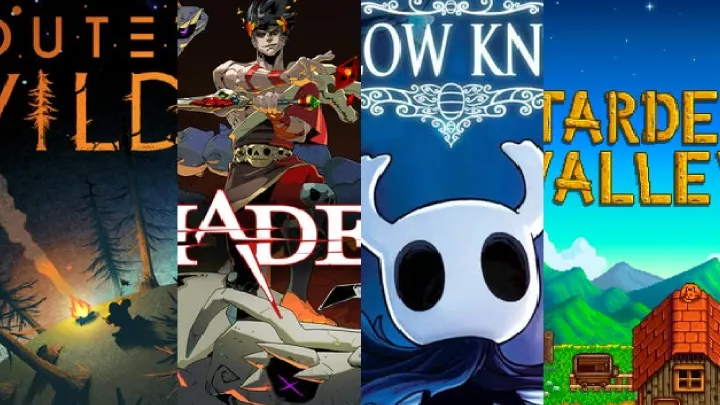Introduction
Since its global launch in June 2020, Valorant has evolved from a promising closed beta into one of the most influential first-person shooters (FPS) in the world. Developed and published by Riot Games—the studio behind the legendary MOBA League of Legends—Valorant quickly positioned itself as both a casual-friendly shooter and a competitive esports powerhouse.
This article takes a comprehensive look at Valorant as a phenomenon: how it blends classic FPS mechanics with unique character abilities, the reasons behind its explosive success, its role in shaping modern esports, and the future it envisions in the global gaming market.
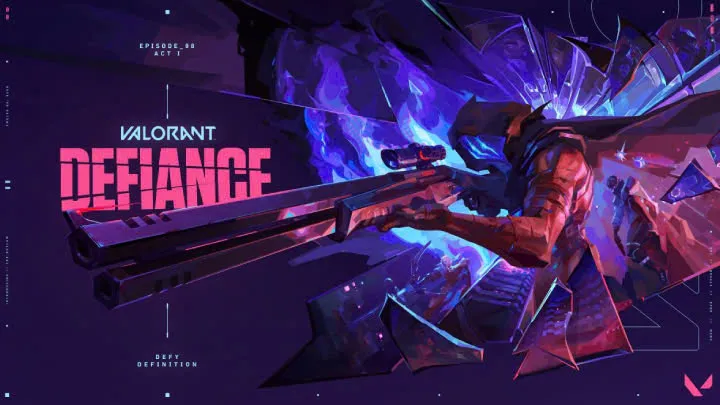
1. The Origins of Valorant: Riot’s Leap Into the FPS Market
Riot Games was already a household name in the PC gaming world thanks to League of Legends. However, entering the FPS space was a bold move. The market was already dominated by giants such as Counter-Strike: Global Offensive (CS:GO), Overwatch, and Call of Duty.
When Riot revealed its “Project A” in 2019, expectations skyrocketed. The studio promised:
- A free-to-play tactical shooter accessible to all.
- Tight gunplay inspired by CS:GO.
- Hero-like characters with abilities reminiscent of Overwatch.
- Global servers with cutting-edge anti-cheat technology.
By the time Valorant officially launched in 2020, Riot had delivered a polished product that not only appealed to competitive players but also had mass market accessibility.
2. Gameplay Formula: Classic Meets Modern
At its core, Valorant is a 5v5 tactical shooter where one team attacks and the other defends. The primary goal is to plant or defuse the Spike (similar to the bomb in CS:GO).
Shooting Mechanics
- Weapons like the Vandal and Phantom demand precision.
- Recoil and spray patterns reward mastery.
- Headshots remain the quickest path to victory.
Agent Abilities
What sets Valorant apart is its agent system. Each character brings a toolkit of unique abilities, but unlike traditional hero shooters, abilities are supportive rather than dominant. Guns still win fights; abilities create opportunities.
3. Agents and Roles: Personalities That Shape Strategy
Valorant launched with just 11 agents. Today, it boasts over 20 agents across four categories:
- Duelists: Frag-oriented (Jett, Reyna, Phoenix).
- Controllers: Space and vision control (Omen, Viper, Brimstone).
- Initiators: Entry and information gathering (Sova, Skye, Fade).
- Sentinels: Defense and lockdown (Sage, Killjoy, Cypher).
This role-based system encourages teamwork, synergy, and strategy, making Valorant stand out from pure aim-duel shooters.
4. Map Design: Competitive Balance at Its Core
Riot emphasizes map design as a gameplay pillar. Each map introduces unique mechanics:
- Bind: Two teleporters for fast rotations.
- Haven: Three bomb sites, unlike most FPS games.
- Ascent: A mid-focused control map.
- Fracture: Unconventional split attack routes.
- Lotus: Rotating doors adding tactical layers.
Maps are deliberately designed to be competitive, balanced, and versatile, reinforcing Valorant’s role as an esports-ready title.
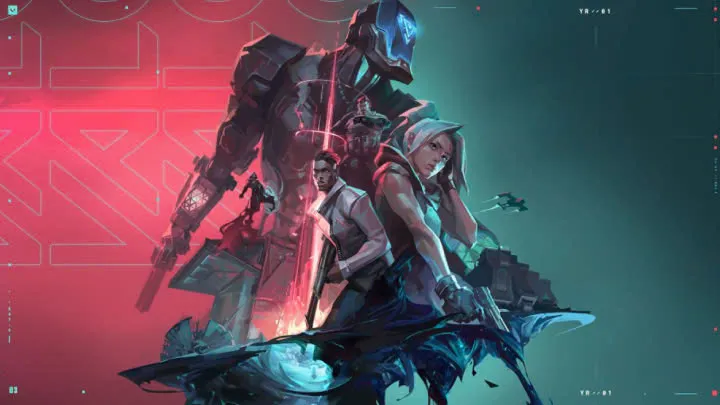
5. The Esports Explosion: Valorant Champions Tour (VCT)
One of Valorant’s biggest achievements is its rapid rise in esports. Riot launched the Valorant Champions Tour (VCT) just months after release.
Structure
- Regional Leagues: North America, EMEA, Asia-Pacific, etc.
- Masters Events: International tournaments.
- Valorant Champions: Annual world championship.
Why It Works
- Riot’s proven esports expertise from League of Legends.
- Global production quality.
- A pipeline for amateur players to become pros.
In only a few years, Valorant has rivaled CS:GO as the go-to tactical shooter in esports.
6. Accessibility and Global Reach
Valorant’s success isn’t just about competition—it’s about accessibility.
- Free-to-play: Anyone can join.
- Low system requirements: Playable on older PCs.
- Global servers: Riot invested heavily in reducing latency.
- Multilingual support: Voice lines, menus, and updates localized worldwide.
This ensures Valorant isn’t just a Western success but a truly global phenomenon, popular across Asia, Europe, North America, and beyond.
7. Streaming and Content Creation: A Viral Machine
Valorant thrives on streaming platforms like Twitch and YouTube.
- Iconic streamers like Shroud, TenZ, Pokimane, and Ninja have played Valorant.
- The game is built for highlight moments—clutch plays, crazy lineups, and agent ultimates.
- Riot encourages creators with content-friendly updates and events.
This visibility has made Valorant not just a competitive game but also a cultural trendsetter in gaming entertainment.
8. Graphics, Performance, and Style
Riot avoided hyper-realistic graphics in favor of a clean, readable, and stylish design.
- Cartoon-like but sharp art style.
- Readable characters in chaotic firefights.
- Optimized performance even on budget hardware.
This design choice makes Valorant welcoming for new players while still appealing to competitive veterans.
9. Skins, Monetization, and Community Feedback
Valorant’s free-to-play model relies on cosmetic monetization.
- Weapon skins: From elegant designs to animated, futuristic effects.
- Battle Pass: Seasonal content and rewards.
- Community-driven updates: Riot frequently adjusts pricing and listens to feedback.
Unlike pay-to-win models, Valorant keeps its competitive integrity intact.
10. Challenges and Criticisms
No game is perfect, and Valorant faces its share of challenges:
- Toxicity in ranked play.
- Steep learning curve for new players.
- Reliance on team coordination—solo players often struggle.
- Frequent meta shifts can frustrate casuals.
Yet, Riot’s proactive communication and regular patches help mitigate these issues.
11. Future of Valorant: What’s Next?
Looking ahead, Valorant shows no signs of slowing down.
- Mobile Version: Riot has confirmed Valorant Mobile is in development.
- Console Expansion: Potential PlayStation and Xbox releases.
- Esports Growth: More regions, more tournaments, bigger prize pools.
- Cultural Impact: Expanding beyond gaming into entertainment and merchandise.
If Riot’s history with League of Legends is any indication, Valorant could thrive for decades.
Conclusion
Valorant is more than just another FPS—it’s a global cultural and competitive force. By blending the precision of CS:GO with the creativity of hero shooters, Riot Games has carved out a new standard in the genre.
From casual play to esports arenas, from Twitch streams to local internet cafés, Valorant has established itself as a top-tier game of the modern era. With its strong foundation and Riot’s continued support, Valorant’s future looks as explosive as its present.








